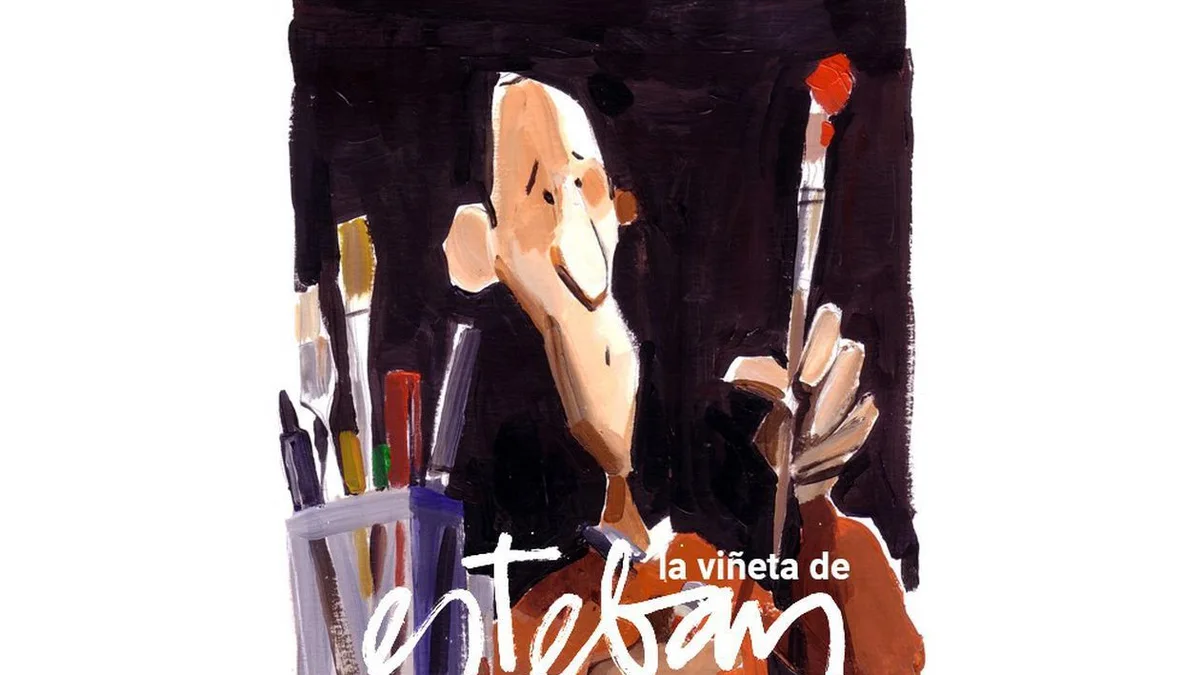Photo: Todd V Wolfson
***
When Sue Foley was a teenager growing up in Canada in the mid-1980s, few things made more sense to her than the story of a runaway teen playing the blues on the streets of Memphis, Tenn., in 1910. For Foley, fitting in was already a challenge, and the roadmap to life as a blues guitar player from the Great White North was anything but clearly marked. One signpost she did have, though, was Memphis Minnie.
“Her music, her lyrics— there’s so much heart in it, so much experience,” Foley says. “I can relate to the things she went through.”
On her latest LP, One Guitar Woman, Foley pays tribute to Minnie and eight other pioneering female guitarists. The album is a culmination of Foley’s near[1]academic study of the styles and techniques of nine groundbreaking women, centered on a dozen songs she performed entirely on a nylon-string flamenco guitar. Consciously a departure from the high-octane, Telecaster-driven, fiery Texas blues she’s stoked for three decades, the record is, in fact, equally as impassioned and affecting as anything Foley has ever recorded.
Foley’s journey first accelerated in 1990 after she left Canada, bound for the Lone Star State and Austin’s blossoming blues scene. She issued her debut, Young Girl Blues, in 1992, then 15 more albums over the next 30 years. She’s traded licks with legends like Jimmie Vaughan and Billy Gibbons, collecting her share of hardware along the way, including three consecutive Koko Taylor Award wins for Traditional Blues Female Artist of the year.
She rarely stepped off the treadmill of albums and tours, but when she did, Foley dug even deeper into the art form. Zealously, she explored the history of female guitarists and, over the last two decades, assembled dozens upon dozens of interviews for a book in progress, as well as research toward a Ph.D. Then, about seven years ago, she began honing in on the concept for One Guitar Woman.
With a love for the blues that paralleled her developing understanding and fondness for Spanish acoustic guitar, Foley conceived of a project marrying the two. “I was very specific in how I chose the material, how I fused what I am and who I am, as a blues musician, into all these different genres and frameworks,” Foley says. “The blues has to live in a really honest place. When I’m a performer, I just try to make the music alive. I don’t want to get too much into scratching my chin.”
Foley winnowed down her list of pioneers, hugging mostly to early 20th-century icons Elizabeth Cotten, Sister Rosetta Tharpe, Maybelle Carter and, of course, Memphis Minnie. She nodded, as well, to the French classical guitarist Ida Presti and Tejano master Lydia Mendoza—also recognizing the underappreciated contributions of ‘70s entertainer Charo and a pair of Southern blues architects, Geeshie Wiley and Elvie Thomas. “I chose these artists and these songs because they resonate personally with me,” Foley says.
She was insistent on learning and becoming proficient with the particular, often idiosyncratic, fingerstyle techniques of each. The deceptive “Carter scratch,” for one, took Foley several years to grasp. “It looks really simple. Then, I started to work on it,” Foley says. “And I thought, ‘This is a bear to wrestle.’”
Foley’s reverence for her instrument of choice also led her to write “Maybelle’s Guitar.” The album’s sole original song, it’s a tribute to Carter’s famed 1928 Gibson L5, considered by some to be the most important guitar in the history of country music. That reverence also inspired Foley’s own pilgrimage to Mexico, where she sought out the perfect six-string instrument for the session.
In 2022, Foley and a friend traveled to Paracho, a town due west of Mexico City, founded by and home to some of the world’s finest luthiers. “It’s like a Disneyland for flamenco and classical guitars,” Foley says. She visited several builders, auditioning guitars until she found the one that gave her the best vibes—a flamenco Blanca crafted by master luthier Salvadore Castillo.
With her guitar procured and her tracklist selected, Foley slotted in a session at Blue Rock Studios in Wimberley, Texas. Producer Mike Flanigin and engineer Chris Bell set up Foley and her guitar alone in a room, surrounded by dozens of microphones. Foley imagined an audience of one as she played and sang to a wall of mics and cables capturing every nuance of her warmly expressive and revealing sonic experience.
“I wanted that intimacy,” Foley says. “In our world right now, I feel bombarded, so overstimulated and overwhelmed. I just wanted something that was kind of simple.”
Foley also hopes that intimacy crosses over to the stage. Her performances are a hybrid of dynamic, electric moments bolstered by her longtime band and quieter connections fostered through her acoustic repertoire. She wants to share these women with her audience—these giant footprints she’s walked in for much of her life.
Foley’s getting more comfortable, too, leaving her own footprints. With her love letters to her heroes almost complete, it’s time, she says, to get back to making her own music. Still, Foley knows that when she needs comforting, she always has Minnie and her pioneering sisters.
“I love them all, and I’ve been carrying them around. They’re kind of like guiding lights, in a way, almost like protectors, giving me a pathway,” Foley says. “That’s what this album is all about.”
The post Blues Route: Sue Foley appeared first on Relix Media.





























